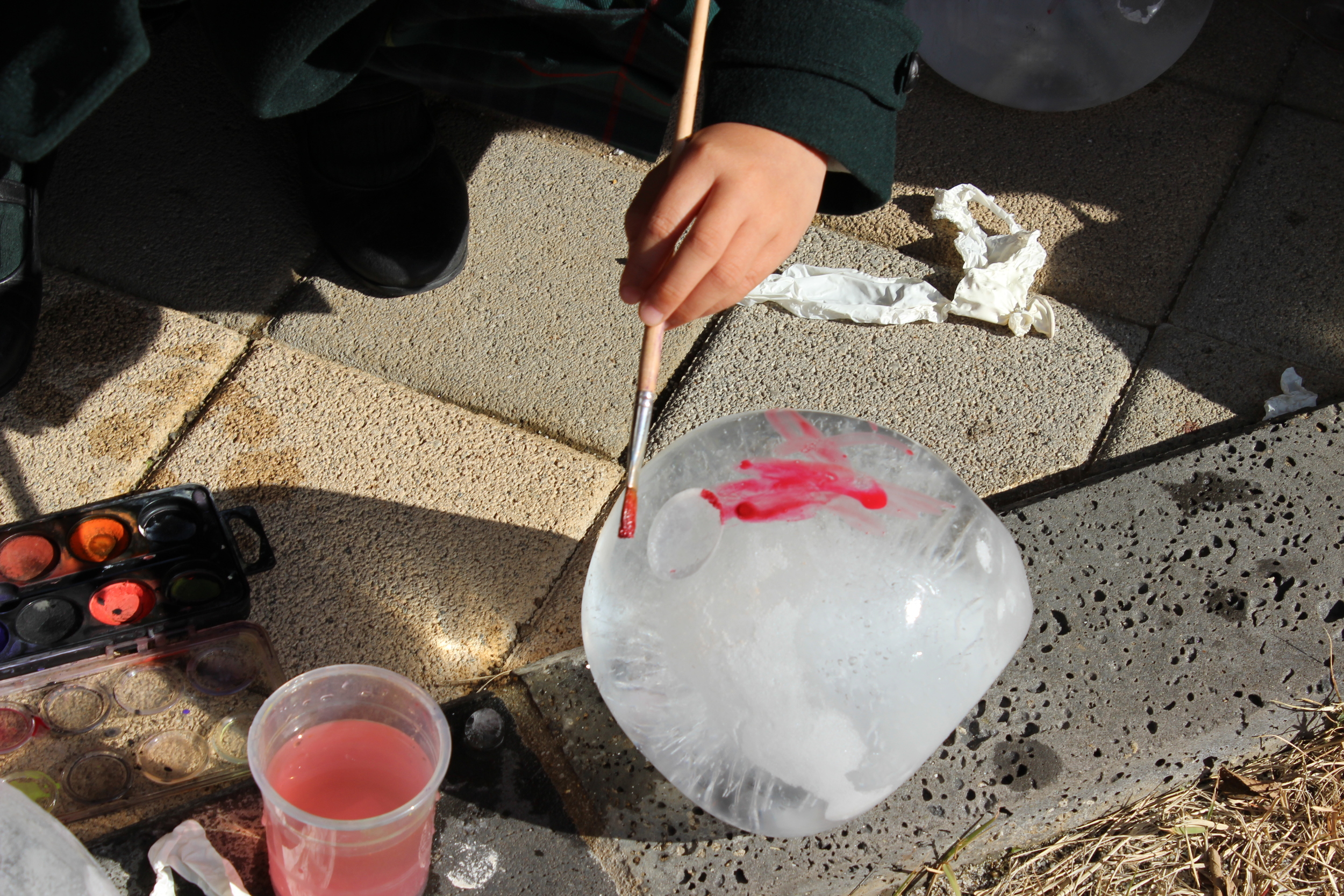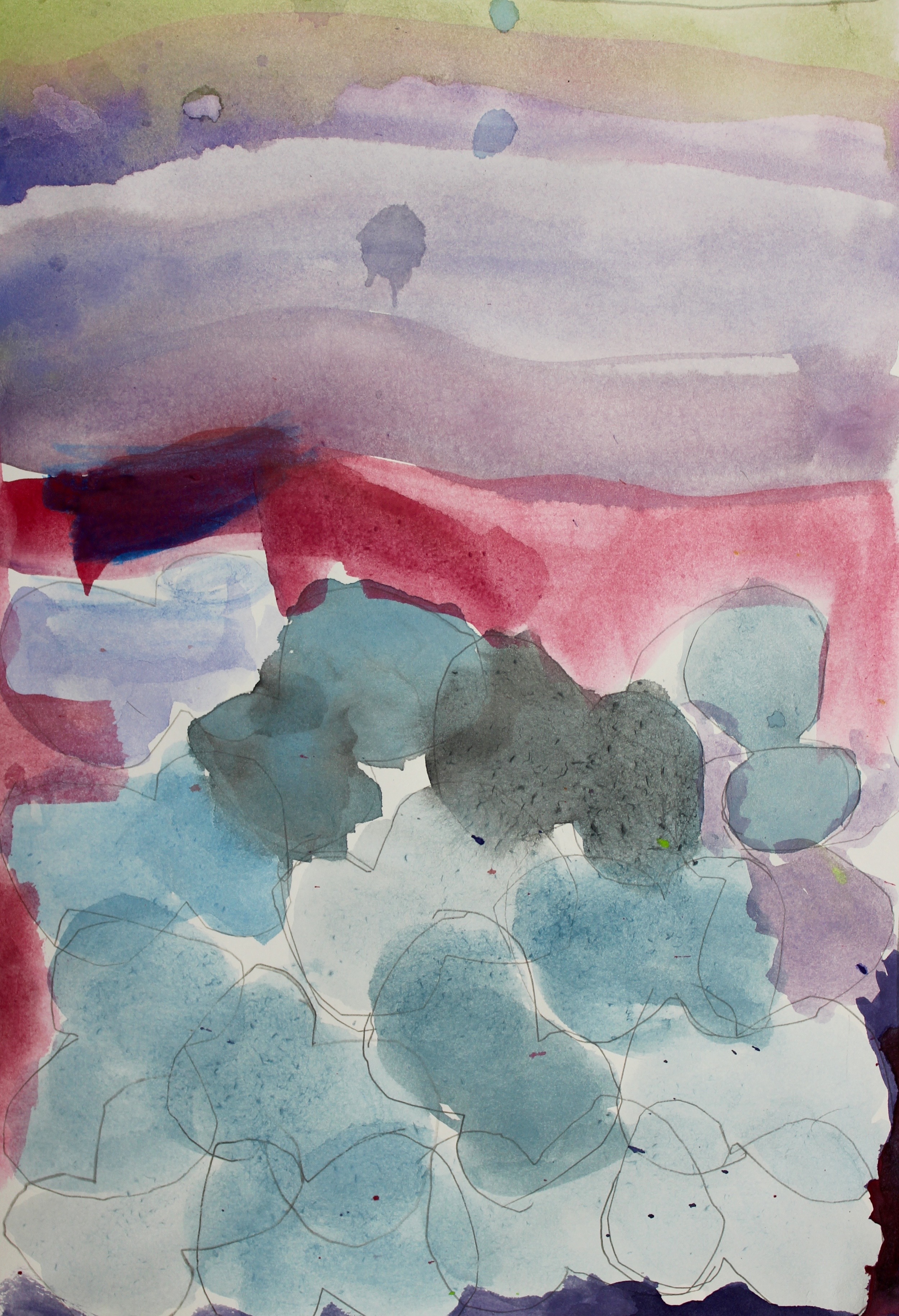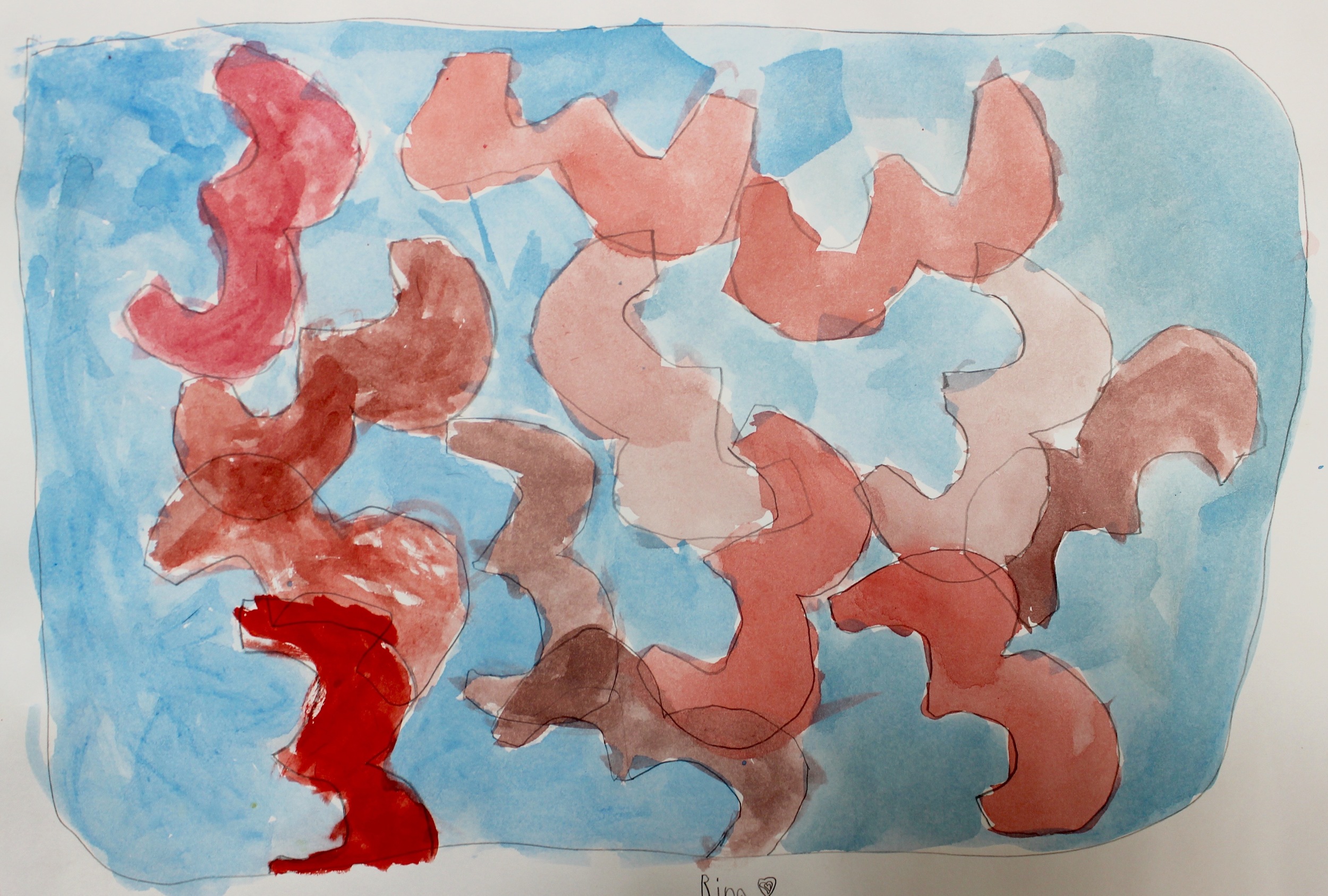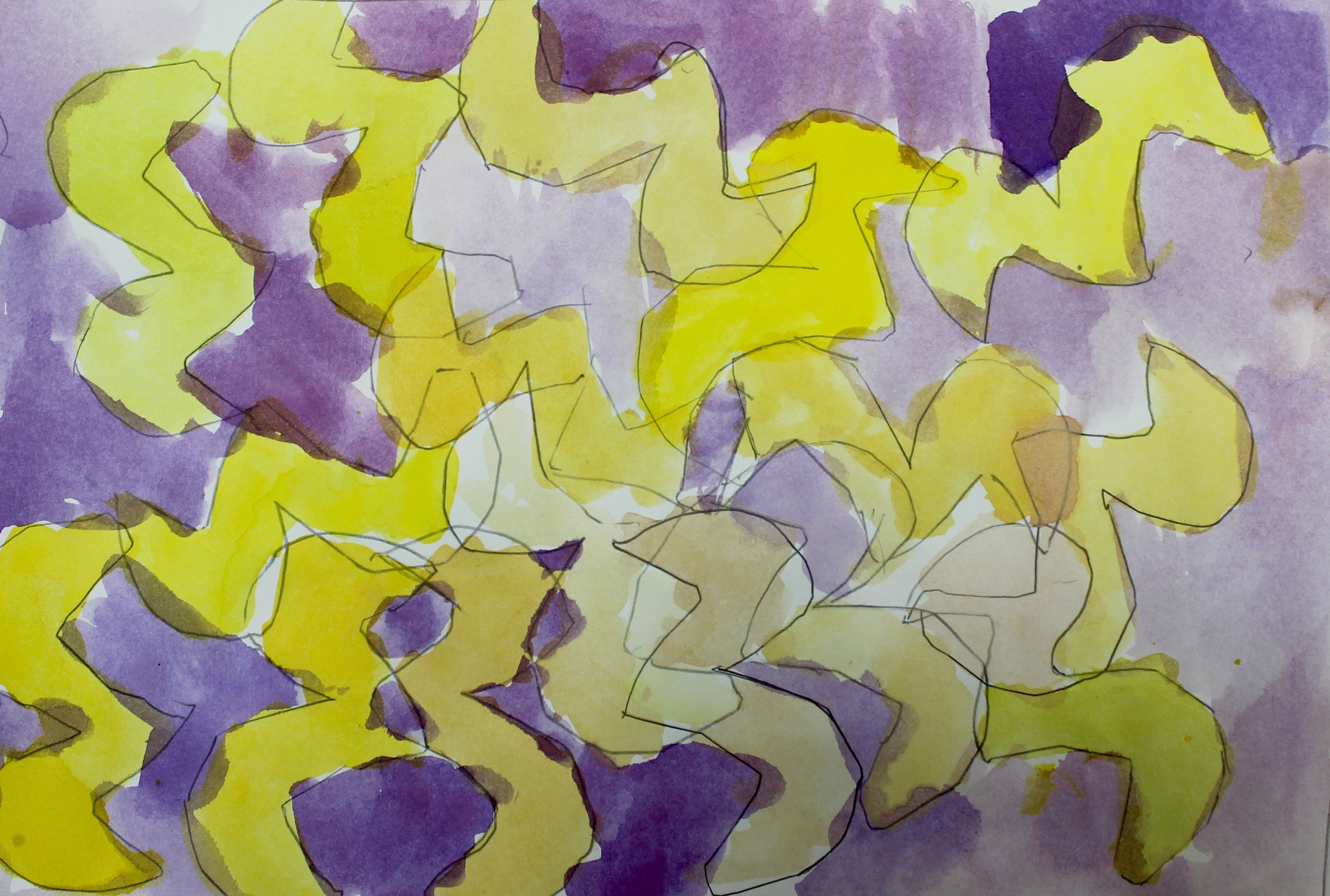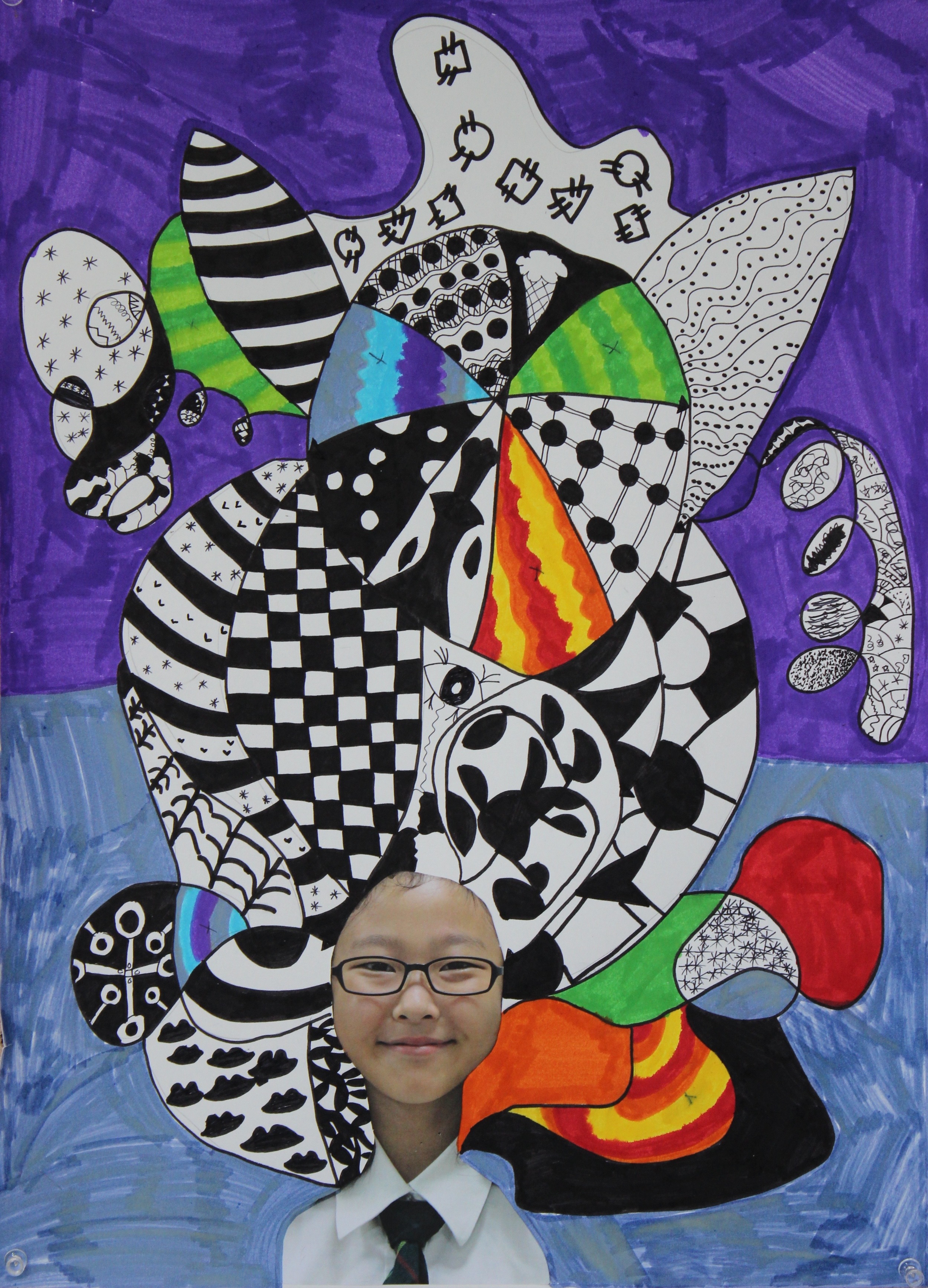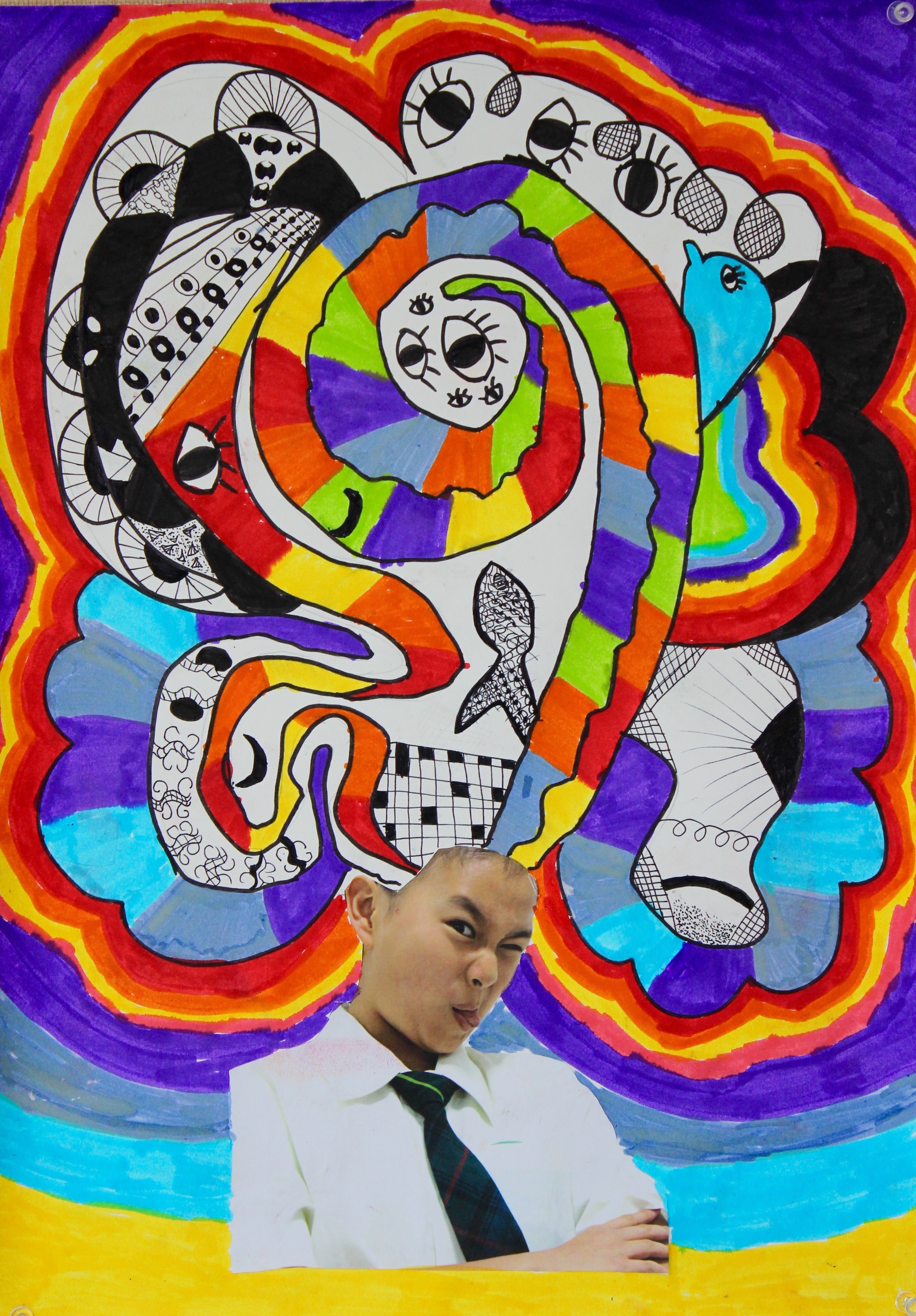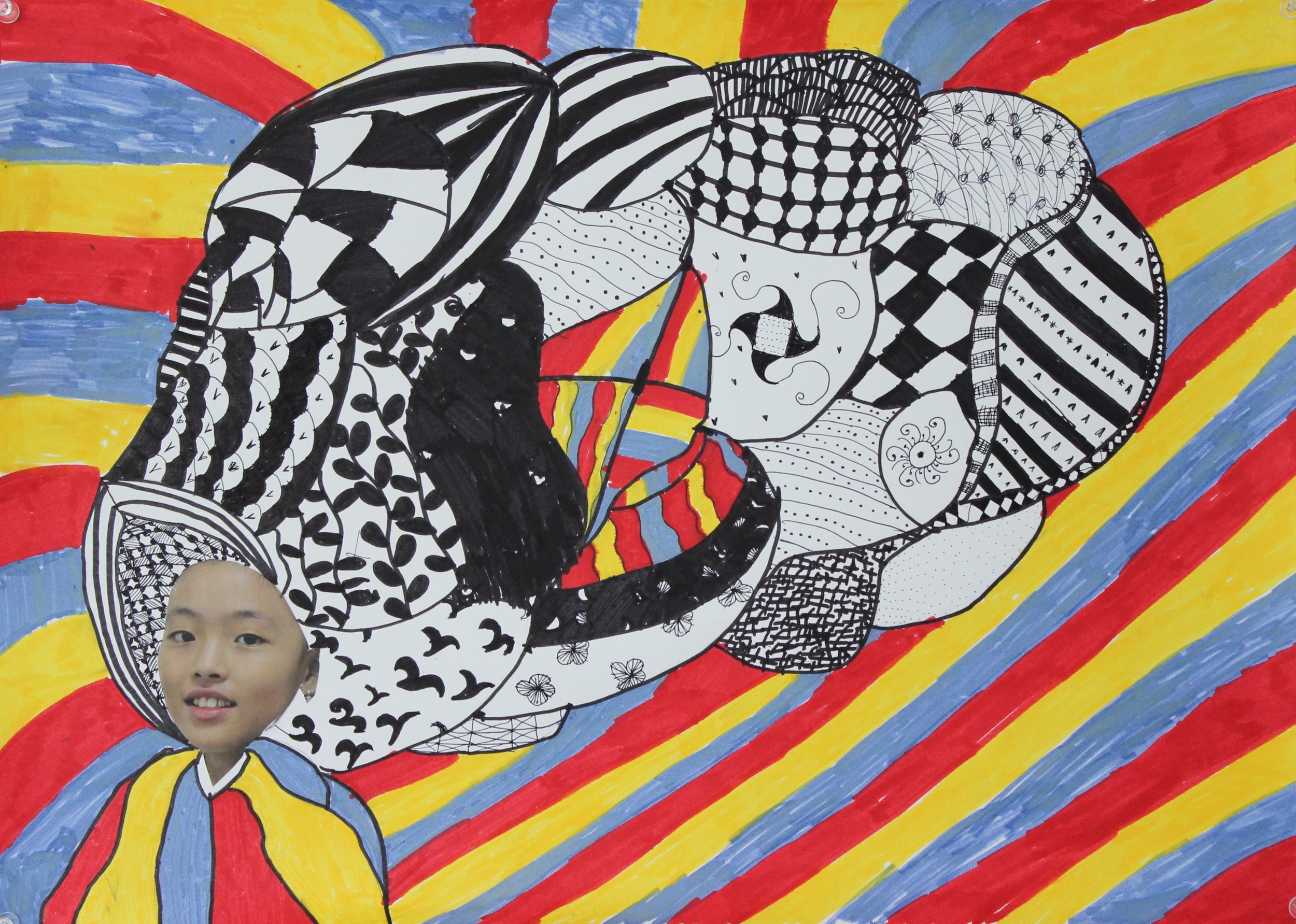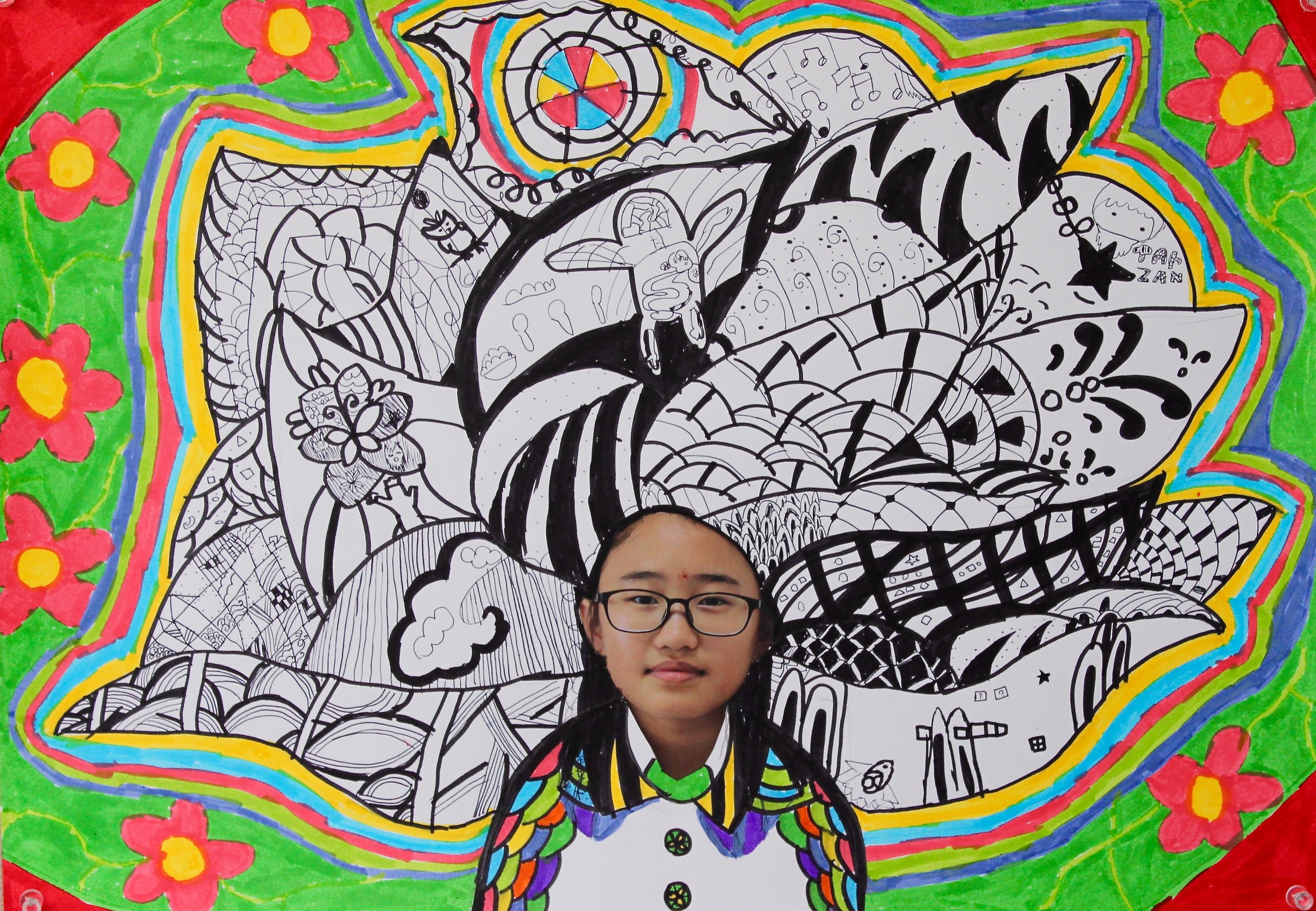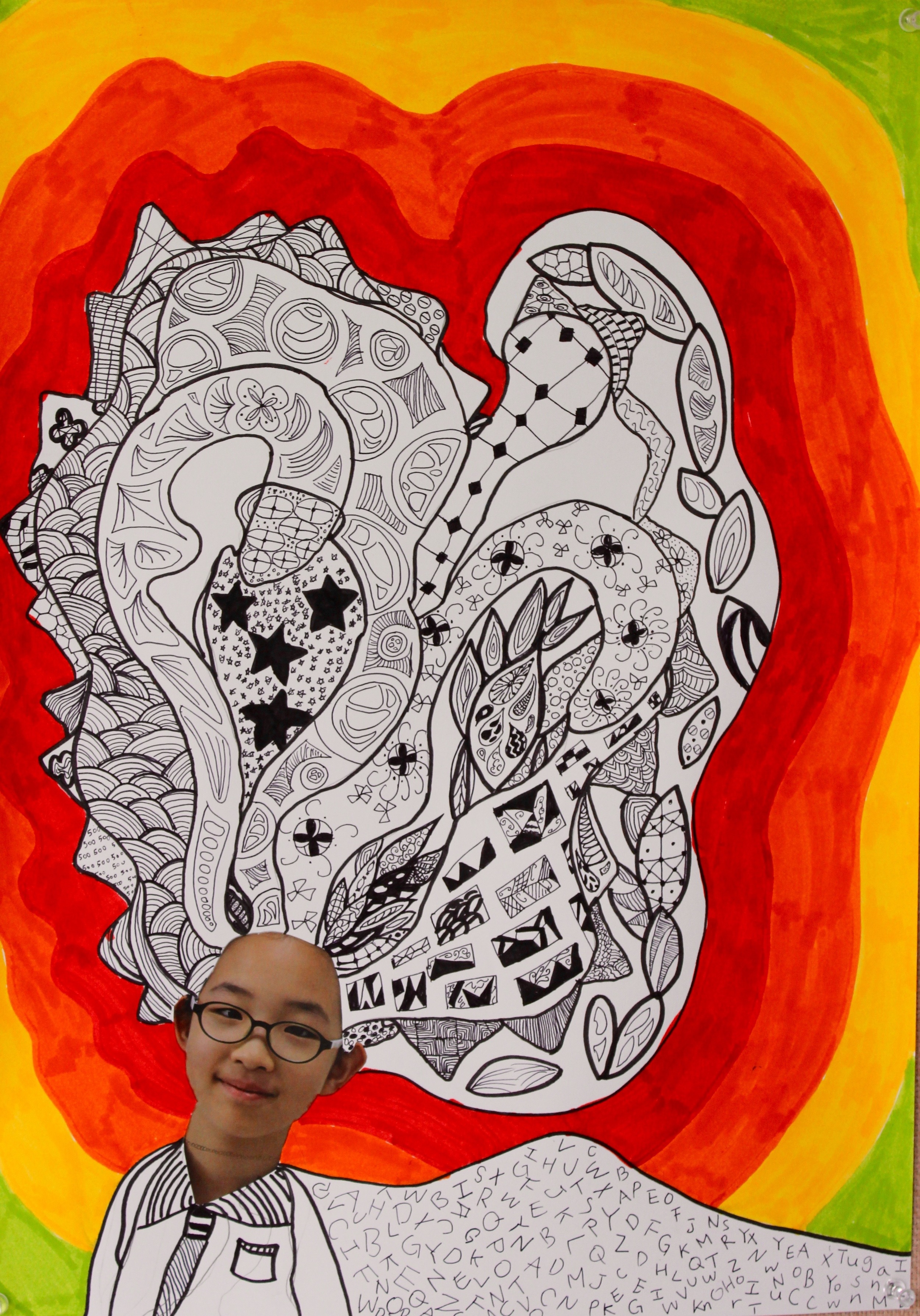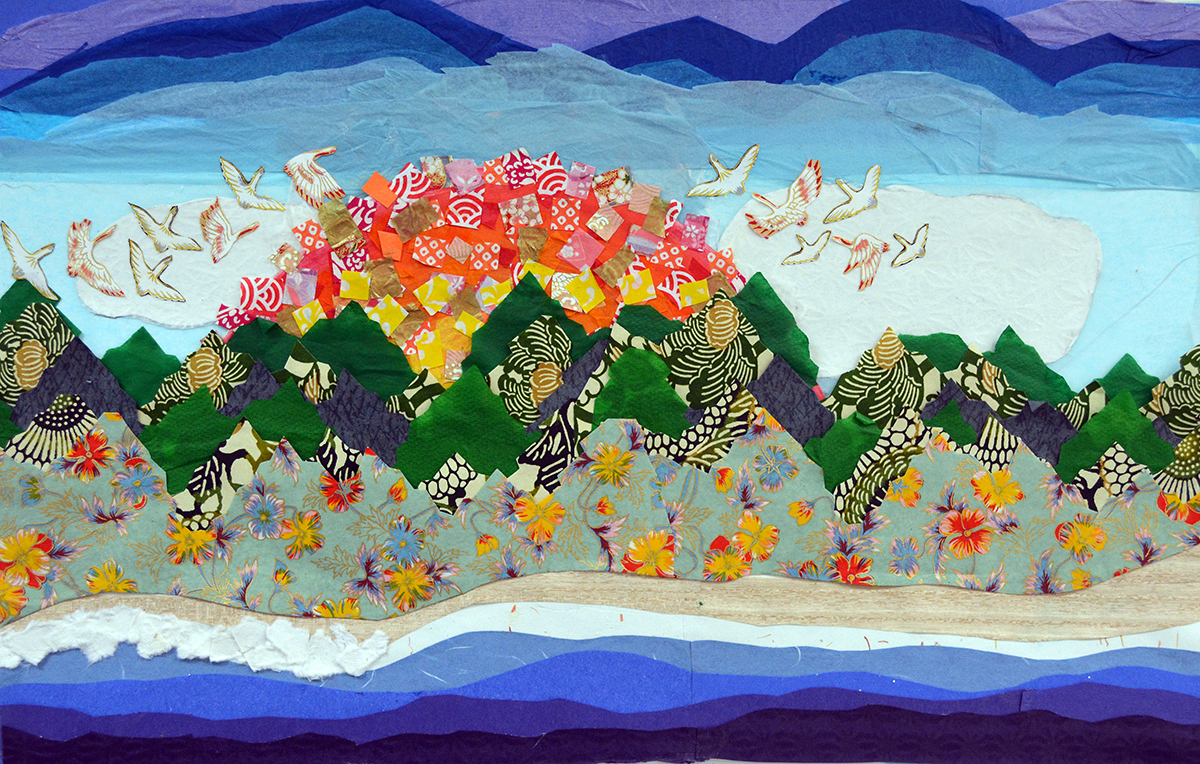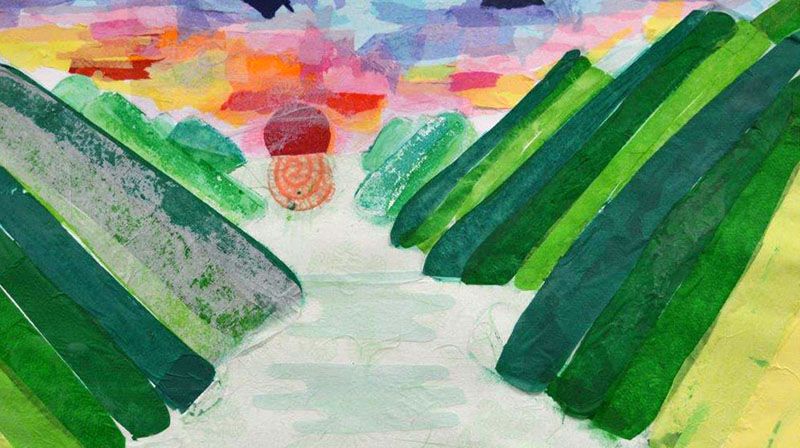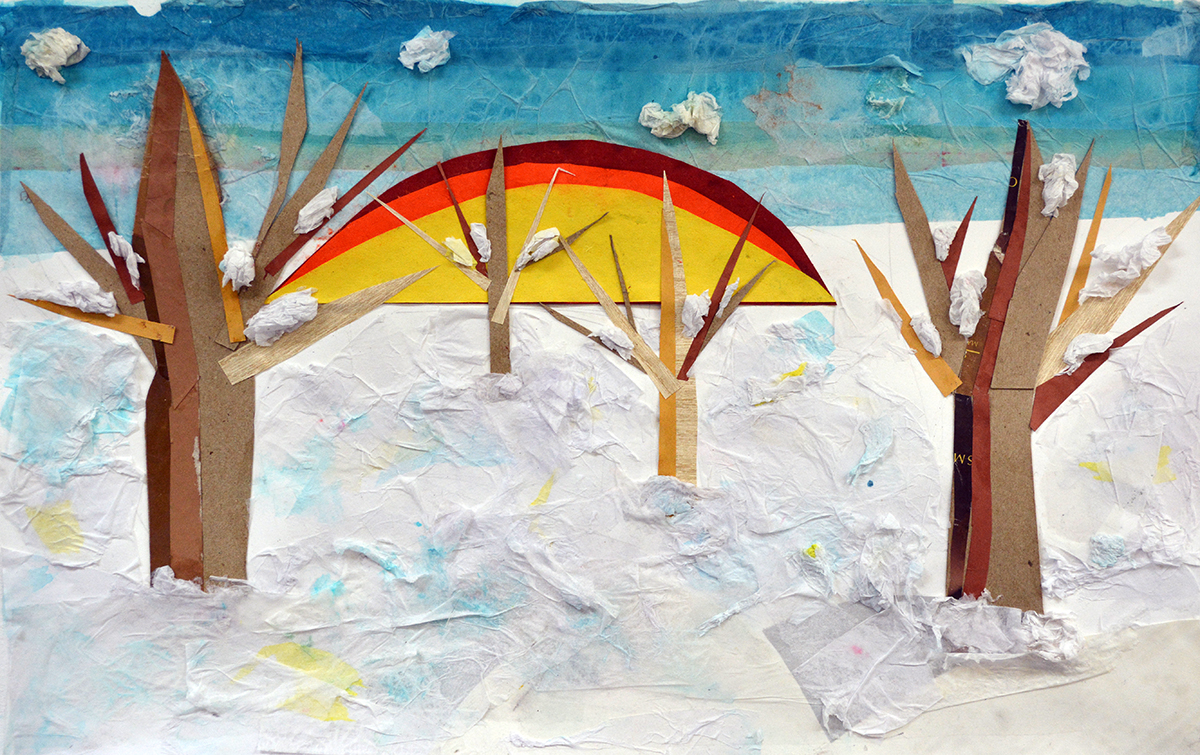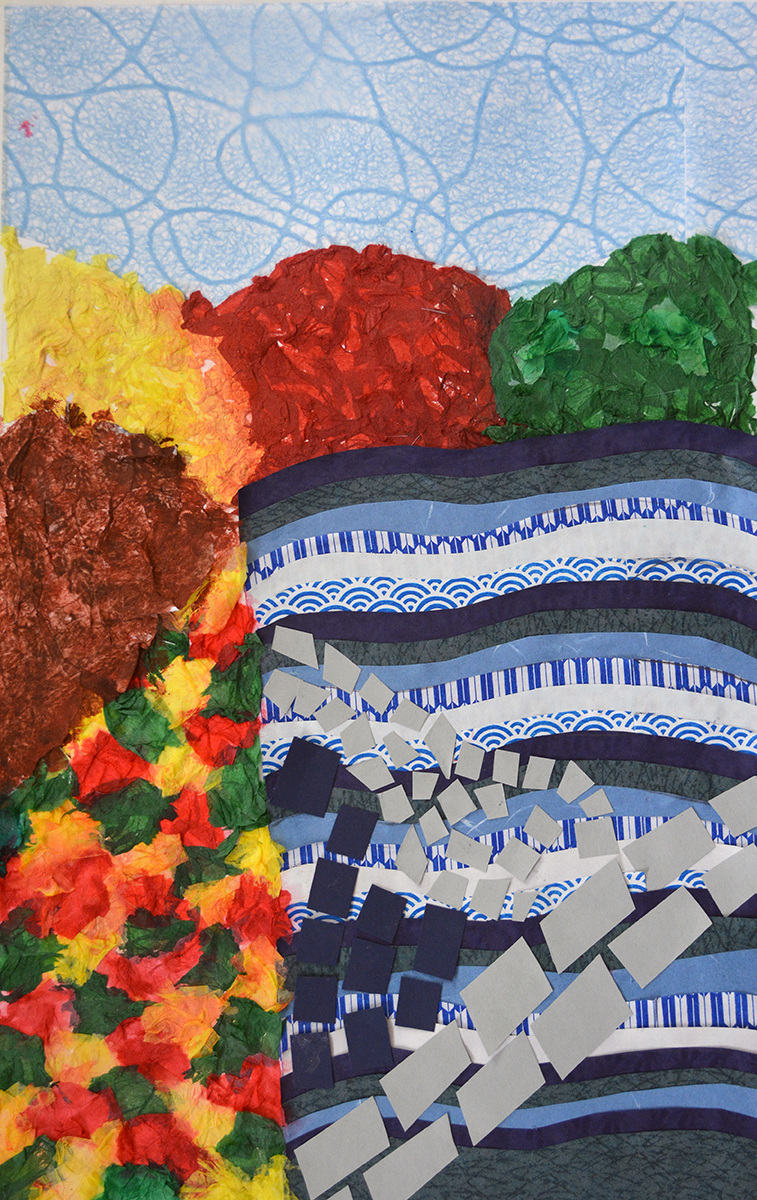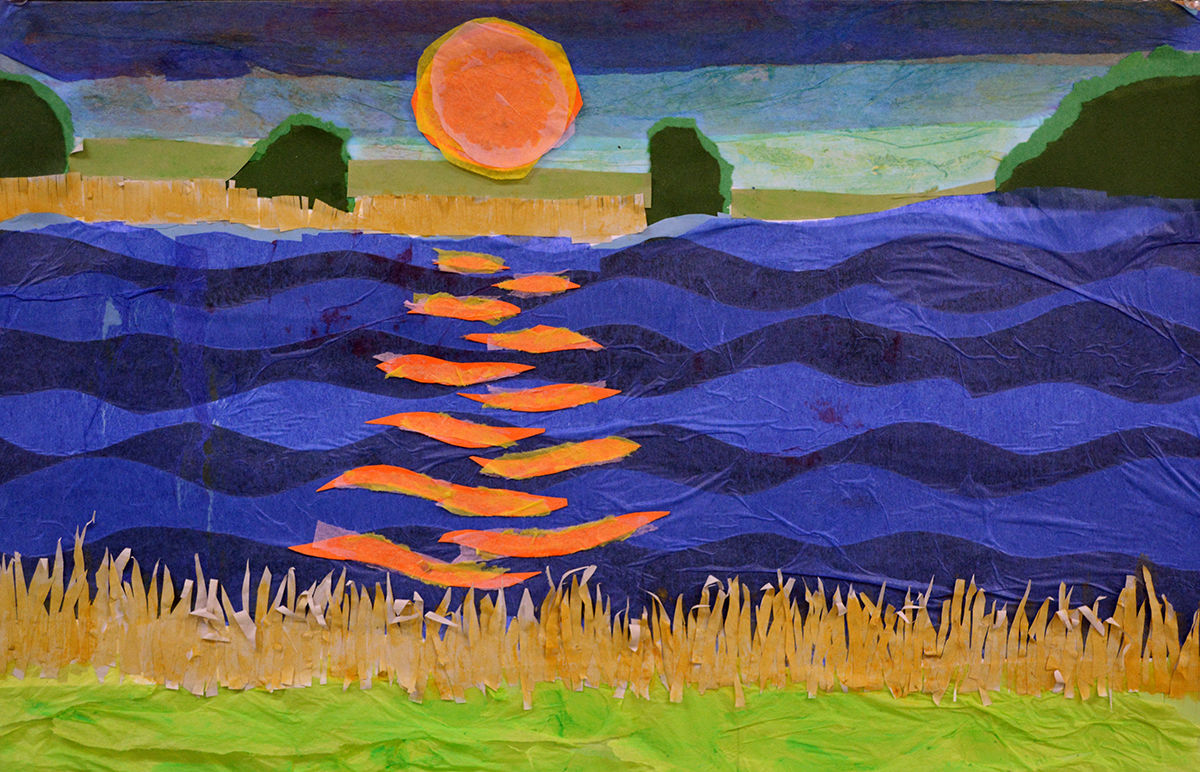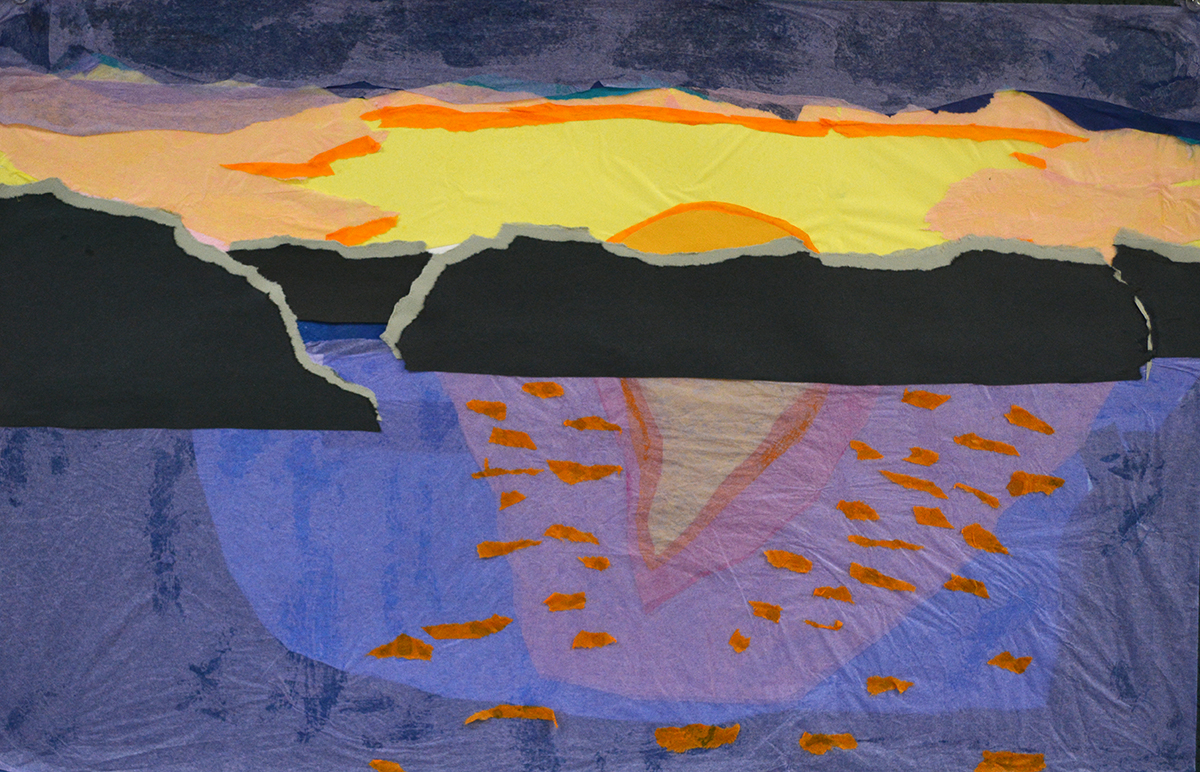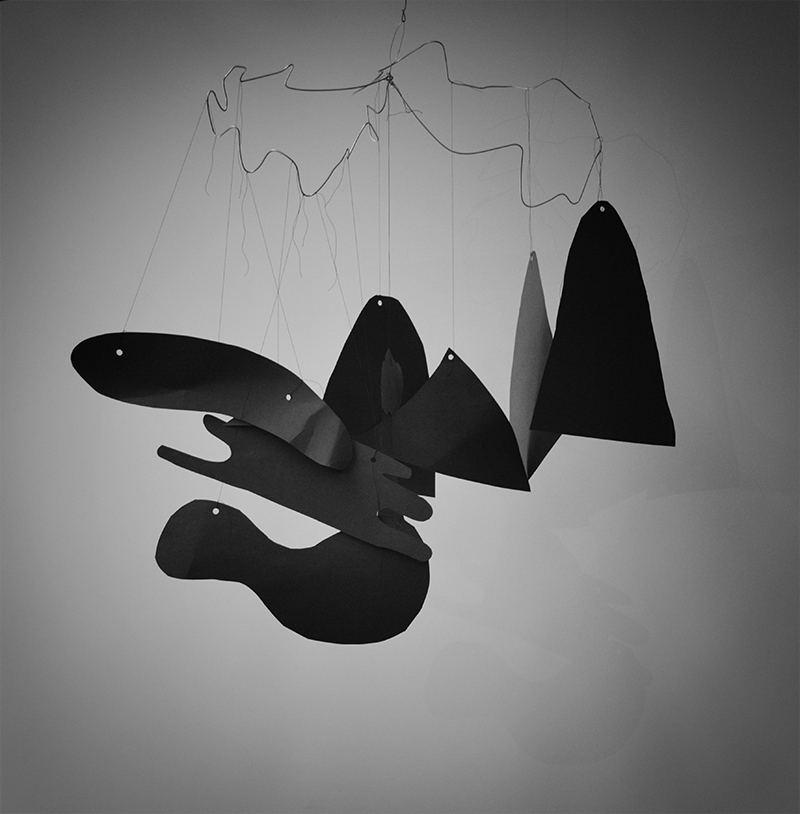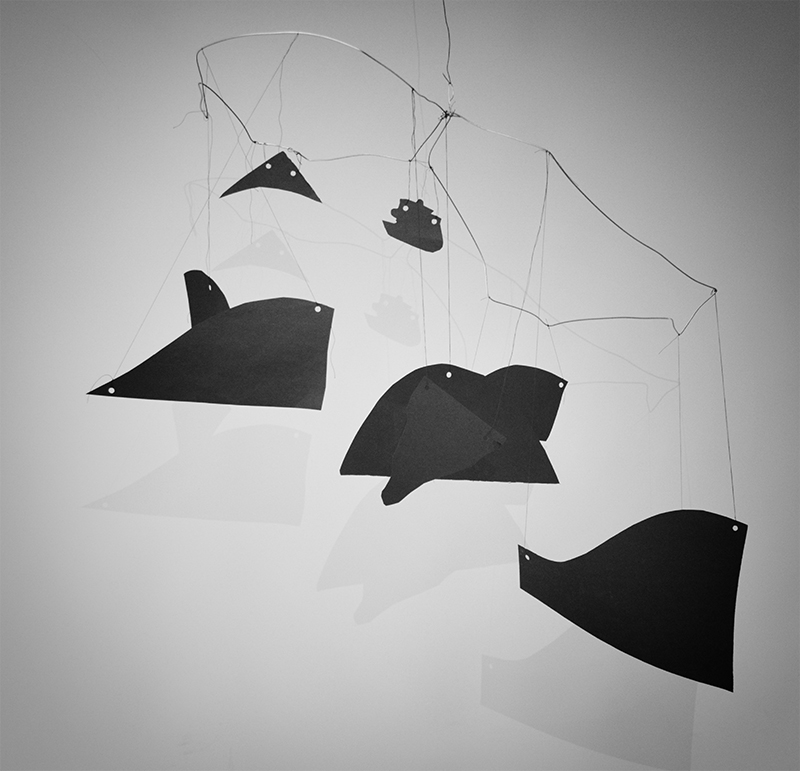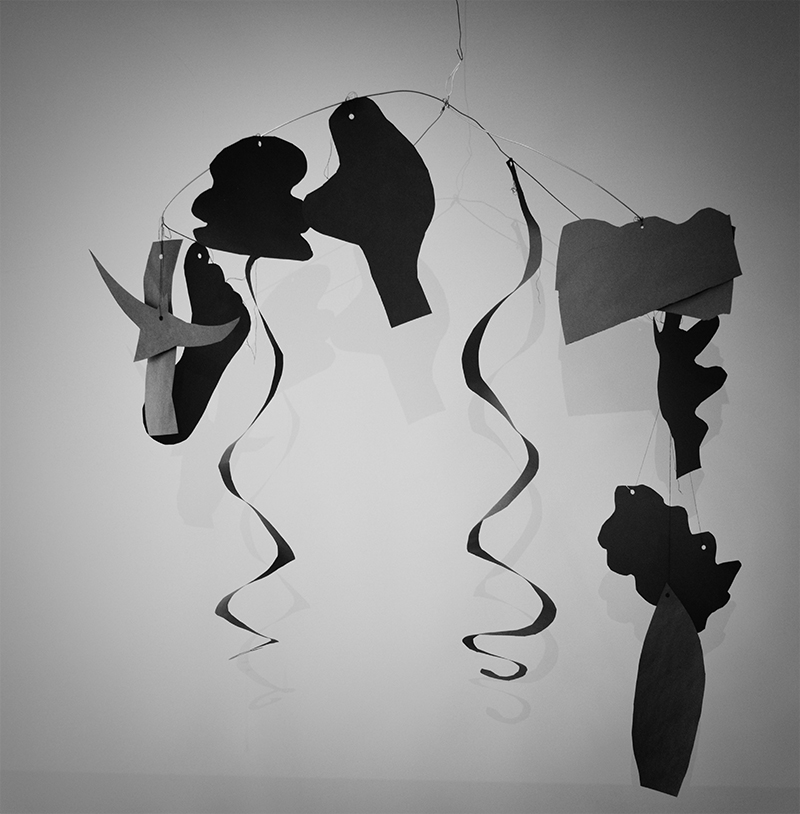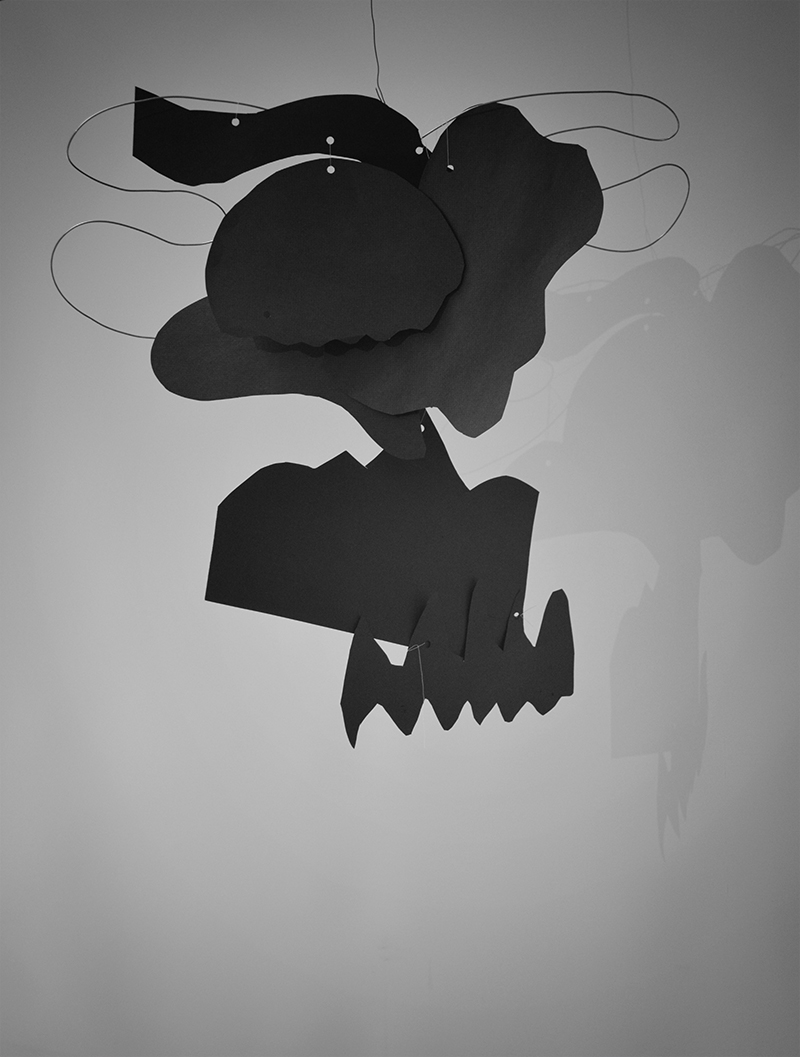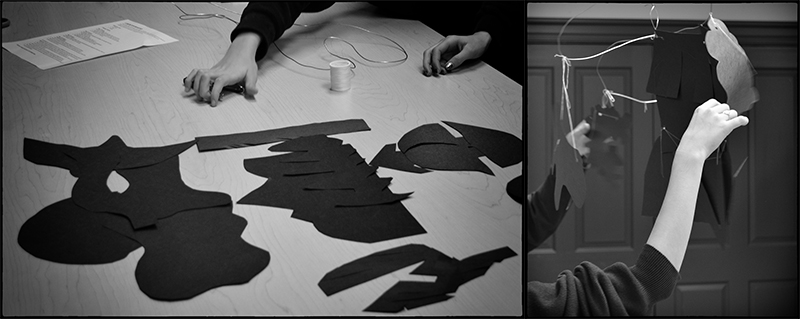It's winter here, though just barely above freezing, and I was thinking of ways we could be making art outdoors in a fun and interesting way. Unfortunately, were hampered by the lack of snow and ice. Fortunately, however, I was able to talk my way into using the school cafeteria's giant walk-in freezer to make some large balls of ice (frozen water balloons).
We made about 60 ice balls and brought groups of students out to paint them with watercolors. It was a really engaging activity and the students enjoyed the thrill of painting on a strange substance. We then "planted" the ice balls around the large tree. It was quite beautiful with the ice hitting the ice and highlighting the colors. The balls lasted for about a day before they melted away.
For the next round, I think we will experiment with placing objects in the ice, or doing this at a time of year when the temperature stays below zero for longer.



